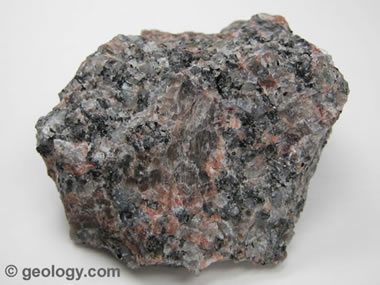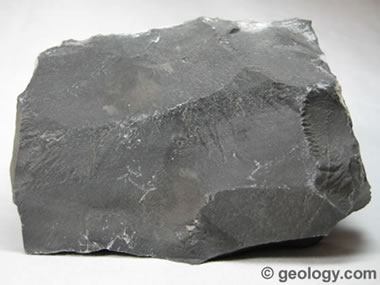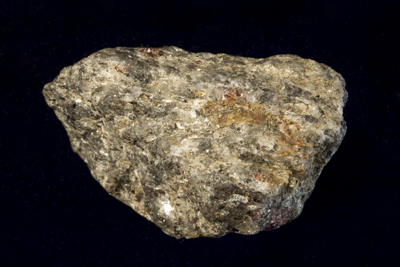For this lab, we used an 8 inch stick and measured the length of its
shadow at four different times throughout the day.
Our first measurement was taken at 9:15am with the shadow at
273°W relative to the sun. The
shadow measured 18 inches long and the angle between the tip of the shadow and
the ground was approximately 23.96°.
At 1:31pm the shadow was at 350°N. The shadow measured 5
inches leaving a 57.99° angle between the end of
the shadow and the ground.
We
measured again at 3:34pm with the shadow at 57°NE. The stick cast a shadow of 8.8 inches
with the angle between the tip of the shadow and the ground being 42.27°.
Our last measurement was
taken at 6:33pm when the shadow was at 70°E. The stick’s shadow measured 30.5 inches
and the angle between the tip of the shadow and the ground was 14.7°.
Nikki Atkinson-ENB150
Wednesday, April 3, 2013
Tuesday, February 5, 2013
My Little Sunflower
Today I planted and watered my sunflower seed and my money seed.
The photo on the left is my potential sunflower and on the right is my
potential money plant.
Day 3
Today I watered my "plants" again and neither of them showed signs of growth. I placed them on a different window sill so they would receive more sunlight.
Day 5
Today I checked on my "plants" and the sunflower was sticking out about an inch above the soil. The money plant still had not shown signs of growth. I watered both "plants" again.
Day 7
Today I checked on my "plants" and the sunflower grew an additional half inch above the soil. The money plant had, again, not shown signs of growth. I watered both plants again.


Day 9
Today I went to water my "plants" and the sunflower grew at least another inch and is now towering over the cup. Again, my money plant had not sprouted. I watered both plants anyways. Below is a current picture of my growing sunflower. I will not upload a picture of the money seed "plant" unless something visibly changes since the last picture I uploaded.
Day 13
Since it's been cloudy and raining the past few days straight, my sunflower looked a little wilted today. Although it was wilted, my plant still grew another inch and began to open up more at the top. It was still moist from the last time I watered it, but I watered it a little anyways. I've lost all hope for the money seed, so I did not water it.
Day18


Day 9
Today I went to water my "plants" and the sunflower grew at least another inch and is now towering over the cup. Again, my money plant had not sprouted. I watered both plants anyways. Below is a current picture of my growing sunflower. I will not upload a picture of the money seed "plant" unless something visibly changes since the last picture I uploaded.
Day 13
Since it's been cloudy and raining the past few days straight, my sunflower looked a little wilted today. Although it was wilted, my plant still grew another inch and began to open up more at the top. It was still moist from the last time I watered it, but I watered it a little anyways. I've lost all hope for the money seed, so I did not water it.
Day18
The sun still hasn't come out, but my sunflower grew
another inch. The stem was too long to keep itself upright; it was bent
over the side of the cup. To help it stand upright, I put two pieces
of tape across the top of the cup for the stem to lean on. It also
looks like another sunflower is starting to sprout.
Day 29
Since we have been gone for spring break, I haven't been
able to water my sunflower. When I got back it was extremely dried out
and almost looked dead. I watered it anyways in hopes it would
continue to grow.
Cruz Plaza

Cruz Plaza is the newest transformation to Mercer University's Macon campus. The Plaza is intended to bring students, faculty, and staff together and enhance aesthetics. Construction is currently in process and is expected to be completed by August of 2013. During construction, workers must consider and make adjustments to ensure the safety of the people around the construction site. Since Cruz Plaza will include a prominent water feature, a large fountain, safety water runoff is another item of consideration for construction.
Rocks

Granite is a type of igneous rock. It is mainly composed of quarts and feldspar with small amounts of other minerals such as mica and hornblende. The lighter colors, such as pink, red, gray, and white, come from the quarts and feldspar. The dark blackish spots can be hornblende or other minerals such as biotite.

Limestone is usually formed from the accumulation of shell, coral, algal and fecal debris. It can also be formed by the precipitation of calcium magnesium carbonates from water. It is mainly composed of different crystal forms of calcium carbonate. Many consist of grains of skeletal fragments of marine organisms, clay, silt, or sand. Many limestones exhibit different because of the different amount of impurities within each of them.


The most common and well known types of feldspar make up the greatest percentage of minerals found in Earth's crust. Feldspar tends to be white or pink in color. It breaks with a smooth surface. Feldspar weathers to form kaolin, which is clay.

Schists are a group of metamorphic rocks that are known for containing more than fifty percent platy and elongated minerals. Heat and pressure draw out individual mineral grains into flaky scales that are easily visible to the human eye. The individual mineral grains split off easily into flakes or slabs. Mica schists are the most common type of schist.
Subscribe to:
Comments (Atom)





